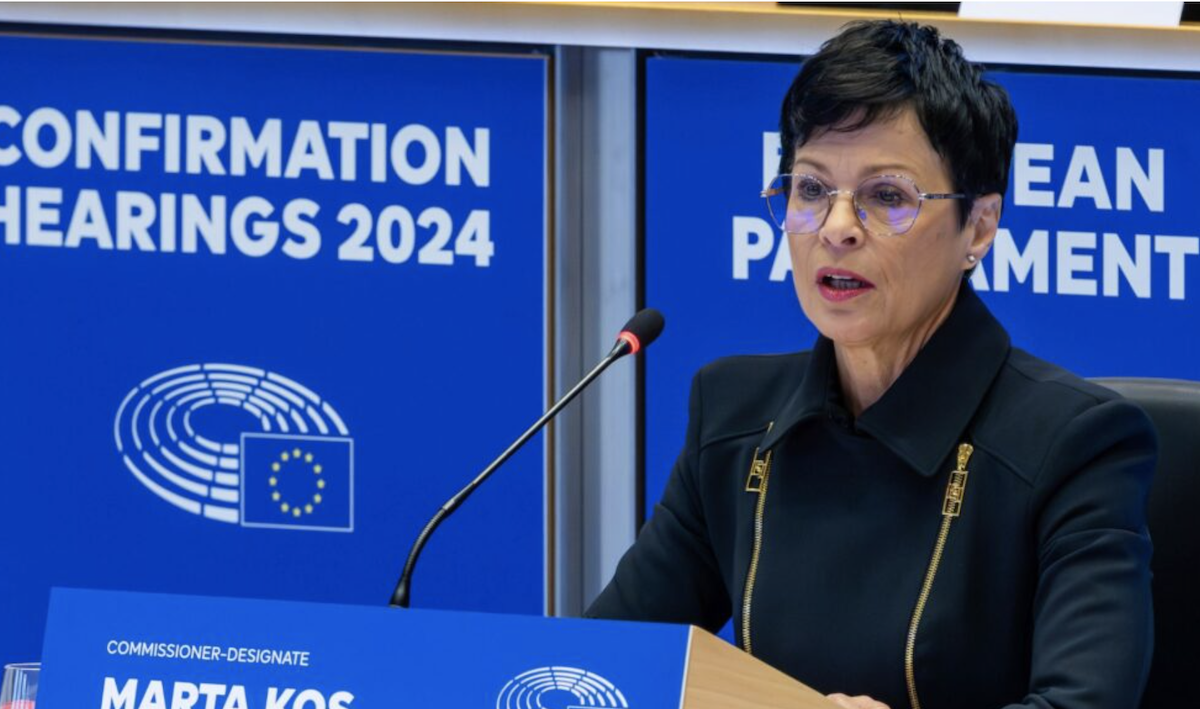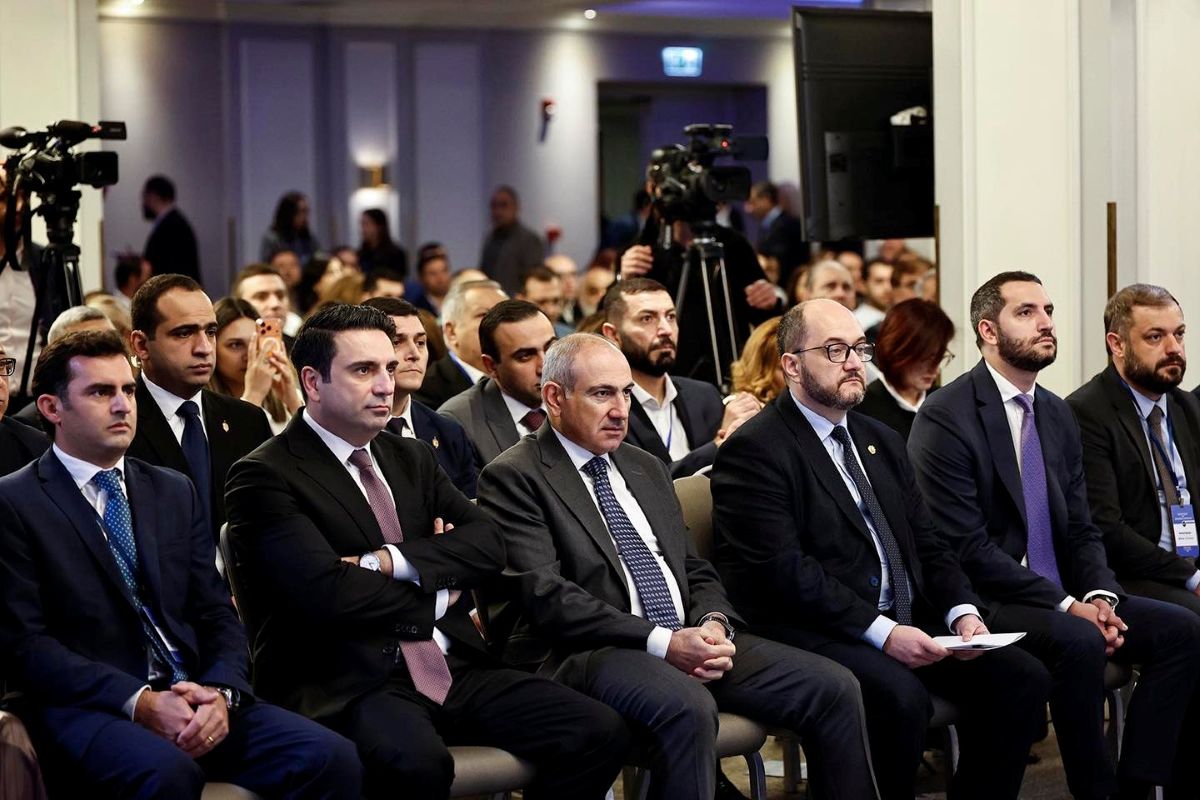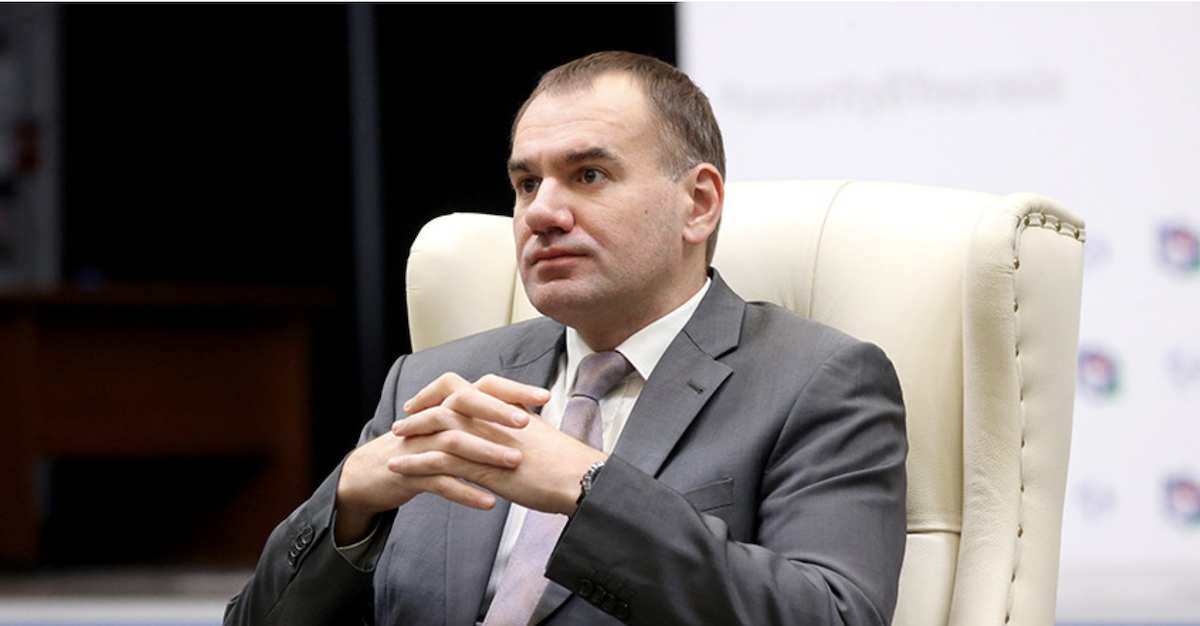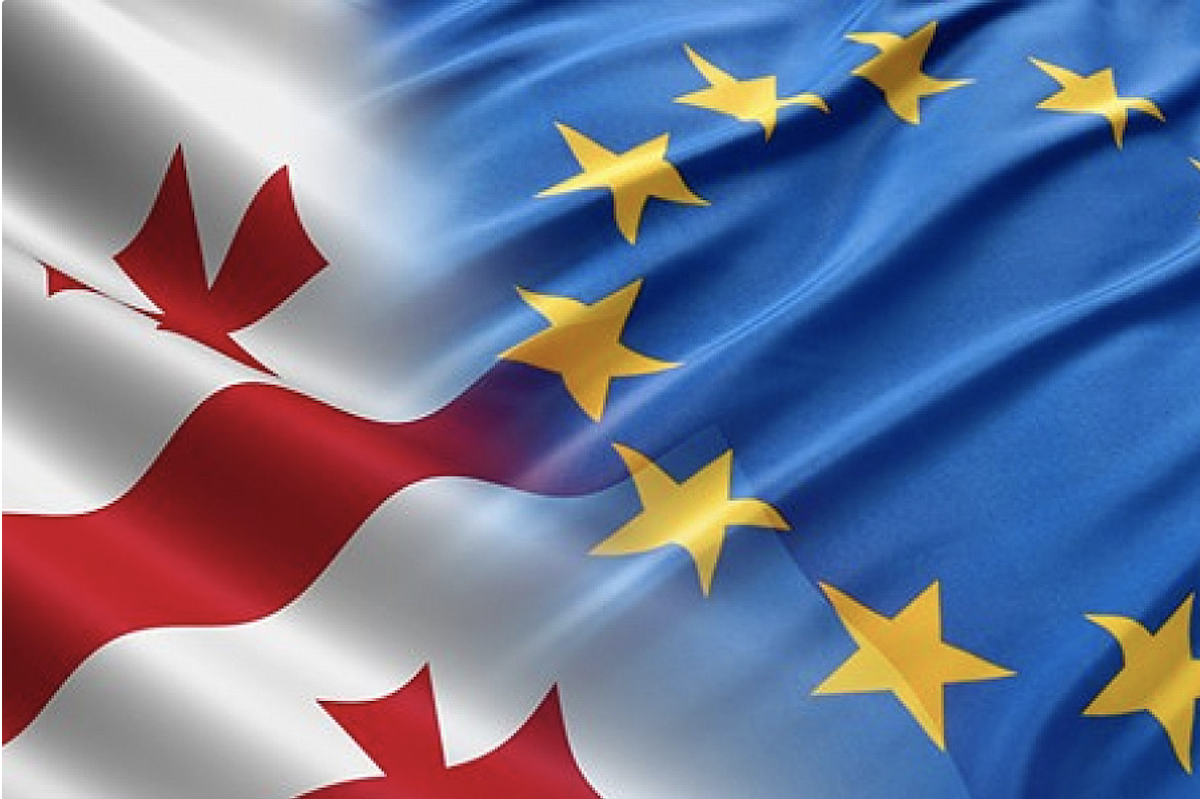Nationalists, crown-skeptics and 'yellow vests' - RT's broadcast in Europe
Russian broadcaster RT was unable to win the Western audience
While Russian media outlets are being assigned the status of “foreign agent” one by one, RT TV, the former Russia Today, which European authorities refer to as the Kremlin’s soft power, is reporting an increase in its audience. Russian “Novaya Gazeta” figured out how and on what conditions RT broadcasts in different European countries and who its viewers are.
In the editorial office of RT itself, they say that the channel’s total weekly audience in Europe is 43 million people in 15 countries, and their audience worldwide has already reached 100 million. These are the findings of a study by the international marketing company Ipsos. For comparison: the audience of BBC News is 468 million people, France 24 – 98 million. RT broadcasts to all major European countries, including the UK, Germany, France, and Spain.
- “Today we are the main target” – Georgian journalists found themselves at the forefront of political struggle
- MDF study: main levers of anti-Western propaganda in Georgia are fear, hopelessness
United Kingdom
In the UK, the British version of the RT International channel, RT UK, was launched in 2014. Even at the launch stage, the British media regulator Ofcom initiated six investigations against RT – in particular, over the coverage of the Boeing MH-17 crash.
Initially, the channel offered British news on four hours broadcast a day, with the remaining airtime was filled with news and programs from RT International. In July of this year, the model changed: the channel abandoned British news and completely switched to using materials from RT International.
Since its inception, the channel has been regularly criticized by Ofcom for violating the principle of impartiality – for example, when covering the conflicts in Syria and Ukraine.
In 2018, RT UK was fined £200,000 for biased coverage of the Skripal poisoning but still retained its broadcasting license.
The channel is not very popular among British viewers – according to the British Broadcast Audience Research Board, which conducts market research, in 2017, RT accounted for only 0.04% of the country’s total TV audience.

Germany
In Germany, RT broadcasts in German via the RT DE platform, launched in 2014. A year earlier, in 2013, the RUPTLY website, owned by the RT holding, was launched in Berlin, positioning itself as “the first Russian video agency”.
According to the German edition of Der Spiegel, the daily traffic to the site obtained from the German office of RT DE is 150-180 thousand people, and the number of unique users this year has grown by 41% and reached 14 million.
This is largely due to the pandemic – RT DE is much more active than other German media, it writes and shoots videos about the protests of coronasceptics, and RUPTLY regularly broadcasts live from events and rallies organized by them.
Most often, Der Spiegel notes, in the RT DE stories, politicians from the nationalist, Russian-sympathetic Alternative for Germany and the Left party flicker as speakers.
By the way, an active supporter of the Left Party is the editor-in-chief of RT DE Florian Varweg who allows himself more freedom of expression of his sentiments on his personal Twitter account than in the stories of the channel. For example, he reacted to Navalny’s transportation to Berlin after the poisoning with a tweet in which he called Novichok “a cosmetic procedure – first for Yulia Skripal, now for Navalny”.
At the same time, unlike the UK and France, RT DE is only a website. Recently, the management of RT DE announced plans to launch their TV channel by the end of the year, but it is not clear how this will be possible – the obstacle is the legislation of Germany.
“If RT DE wants to get a place among other television stations, it needs to get a license to broadcast in Germany”, Thomas Hacker, a Free Democratic MP, told Deutsche Welle. “But they will most likely not receive a license, since for a license it is necessary to be a channel independent of the state”.
France
In France, the RT holding launched its RT France channel broadcasting in French in 2017. At the time of its launching, its staff consisted of about 120 people. The channel actively won points for itself in 2018, during the so-called “yellow vest” protests.
According to the Médiamétrie agency, at the height of the protests, the number of unique users of the site reached almost three million people a month.
However, according to the counter Similarweb, most of the site’s visitors – 47% – were from Russia while the target audience from France, where the channel is based, accounts for less than 4% of the website visits.
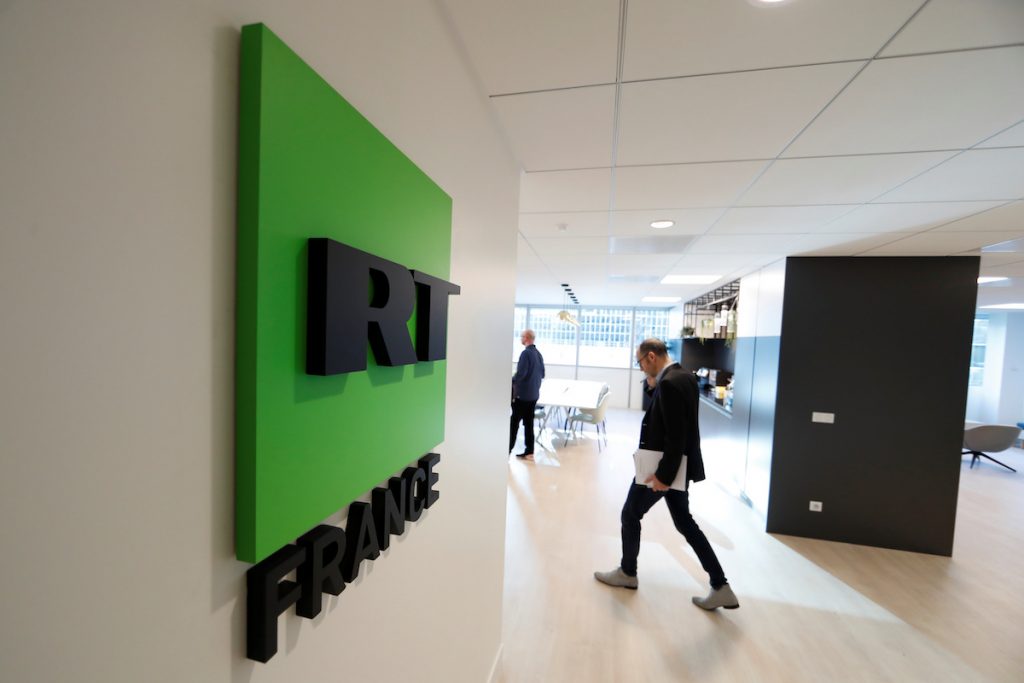
Subscriber portrait
Last year, researchers at the University of Glasgow, the Open University, and the Alan Turing Institute conducted an interesting study of the channel’s audience.
Researchers say that in the West they pay a lot of attention to the analysis of RT content and the ways in which they try to influence the audience but the understanding of the audience itself is very rough.
The authors took as a basis the audience of the English-language channel on Twitter (now – almost three million people, at the time of the study – 2.6 million) because these are users, unlike TV viewers, are easy to follow.
The question the authors are trying to answer is: does RT really have a significant audience in the West that does not share European values and welcomes the channel’s political line?
To understand audience behavior, the authors randomly selected the accounts of 10,000 users who subscribed to RT, examined their profiles, subscriptions, and tweets over the past year.
Analysis of this sample led the authors to several conclusions. Firstly, the majority of users are difficult to classify as an active target audience, they are subscribed to the RT account, but they do not interact much with it – they almost never comment on or retweet its content. The main interaction occurs due to a small but very active core: in the sample of researchers, 40% of all comments and retweets were created by only 10 people.
Another conclusion that the researchers came to is that there are many bots in the RT online audience, to be more precise – 39%.
In the control group of random 1,000 non-RT Twitter accounts, which the researchers took for comparison, the number of bots was 1.5%.
At the same time, the authors of the study found, in terms of their interests, RT subscribers do not differ much from Twitter users in general: a significant part of them are subscribed to accounts that are among the ten most popular on Twitter. So, 41% of RT subscribers follow the account of Barack Obama, 36% – The New York Times, 35% – BBC Breaking and BBC World and other news outlets.
According to the authors of the study, “this indicates that users perceive RT as one of the ways to obtain information along with a large number of other sources, and not as the only such source” for example, in order to hear Russia’s position on some issue. But to call such people opponents of the West would be a very long stretch.










